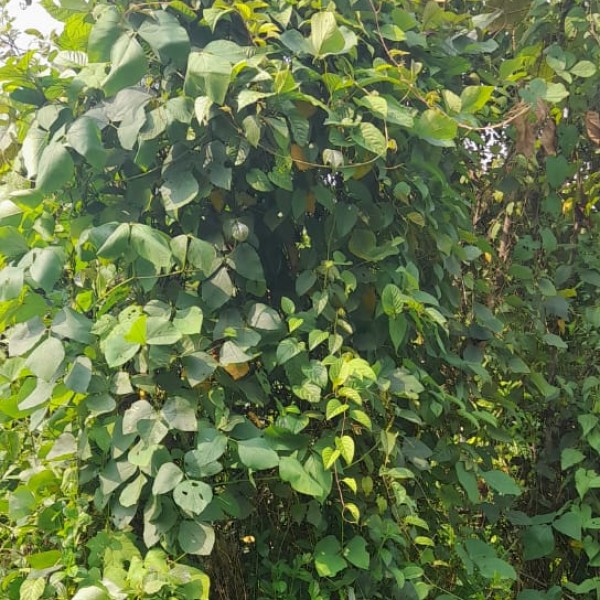Quick Facts
Guwahati, Assam – the gateway to Northeast India and one of its most vibrant cities:
General Overview
- Location: On the banks of the Brahmaputra River, Assam
- State: Assam
- Status: Largest city in Northeast India; often called the "Gateway to the Northeast"
- Old Name: Pragjyotishpur – ancient capital of the region during the Kamrupa kingdom
Geography & Connectivity
- Major River: Brahmaputra River – flows through the city
- Hill Ranges: Surrounded by Nilachal, Navagraha, and other hillocks
- Airport: Lokpriya Gopinath Bordoloi International Airport – major hub for Northeast India
- Railway: Guwahati Railway Station – well-connected to all major Indian cities
- By Road: NH-27 & NH-17 pass through Guwahati
Culture & People
- Languages Spoken: Assamese, Hindi, English, Bengali
- Major Communities: Assamese, Bengali, Bodo, and other ethnic groups
- Religions: Predominantly Hindu, with Muslim, Christian, and tribal communities
- Famous For: Traditional silk (Muga, Eri), classical music, dance, and cuisine
Major Attractions
- Kamakhya Temple – One of the 51 Shakti Peethas; a major pilgrimage site
- Umananda Temple – Located on Peacock Island in the Brahmaputra
- Assam State Museum – Showcasing Assamese heritage
- Saraighat Bridge – Connects the north and south banks of the Brahmaputra
- Basistha Ashram, Navagraha Temple, Regional Science Centre, Guwahati Planetarium
Markets & Modern Spots
- Fancy Bazaar, Paltan Bazaar, and GS Road – popular for shopping
- Brahmaputra River Cruise – Scenic views and cultural performances
- Assam State Zoo and Botanical Garden – One of the largest in Northeast India
Climate
- Type: Subtropical with monsoon
- Summer: Warm and humid (25–38°C)
- Winter: Cool and pleasant (10–25°C)
- Best Time to Visit: October to April
Festivals
- Bihu – Assam’s most important harvest festival
- Ambubachi Mela – Held at Kamakhya Temple, attracts pilgrims from across India
- Durga Puja, Diwali, Eid, and local tribal festivals are celebrated with equal fervor
